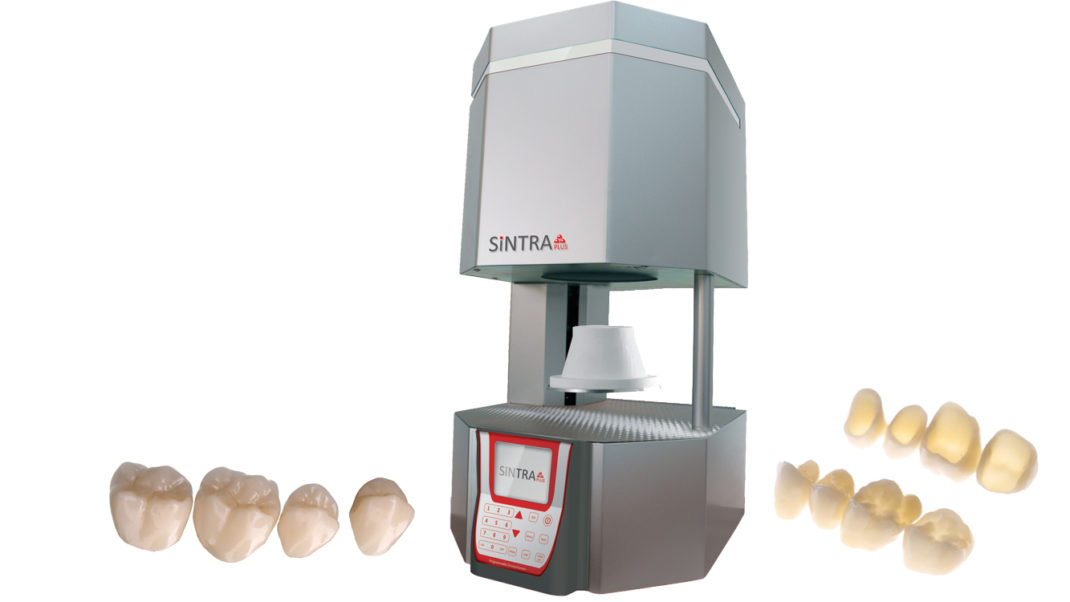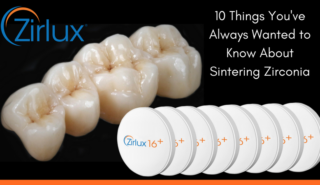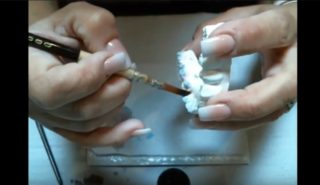
We wanted to write a follow up post to the blog, Are You Making These Sintering Furnace Mistakes, with more current information. In our previous post we discussed sintering issues such as acid stains changing the temperature of the furnace and discoloring your restorations. We also discussed how the degassing and cleaning cycles are processes that can extend the life of the sintering furnace’s heating elements and thermocouple. The information in the original post can differ according to the specific sintering furnace you use in your lab. For the purpose of this blog, we will be focusing on the Sintra and Sintra Plus from Shenpaz.
Green state colorants before sintering the acid (found even in water-based liquids) can have a negative impact on your furnace heating elements and thermocouple. However, this is not the case for ALL furnaces. Different furnace manufacturers use different TC types, so we cannot speak for all sintering furnaces, but Shenpaz uses TC type B which has no drifting with MoSi2 elements and acid does not affect TC. If you’re using the Shenpaz Sintra TC, it is under Alumina protection, thus no modification will occur with the TC due to its specific assembly. When you use TC type S, it creates drifting or the transfer of atoms between the two parts of the TC. This creates false value within time in addition to the aging of the heating elements.
Most furnace manufacturers that design furnaces with these types of elements lock them between 1600˚ and 1650˚C. Aging only appears on the SiC because it uses 100% of its capacity. TC with SiC are affected not because of acid, but because they’re working very close to a maximum temperature of 1650˚C. SiC elements maximum temperature is 1600˚ to 1650˚C depending on the manufacturer. You cannot clean these. A furnace with these elements can sinter at 1560˚C, but they are close to the edge (the 1600˚ to 1650˚C range) and will wear and need to be replaced frequently. You don’t want to ever work the heating elements to their maximum capacity. Your furnace’s lifespan will be much longer if you don’t and you would not need to replace as frequently saving you the expense.
MoSi2 furnaces’ high temperature is 1800˚C. There’s a 200˚C ceiling buffer that assures that the elements don’t wear quickly. The MoSi2 elements can last 2 to 4 years depending on lab yield. The protective glaze on the heating element is renewable by degassing or running an empty cycle periodically. This is a big advantage. Regardless if you’re getting a greenish effect or not, you should set a cleaning routine as you would with any other equipment or appliances in your daily life like you would with an oil change in your car. This will ensure you repeatedly get great results with restorations and a longer life out of your furnace.
Because there is no drifting with the TC, the Sintra and Sintra Plus do not need periodical calibration. Please note you may still need to calibrate other sintering furnaces. You should refer to the manufacturer for what the standard maintenance protocol is.
Shenpaz does not permit the use of powder for purging. After testing, they found that there may be some improvement in your restoration’s color after the first firing cycle, but the repetitive use of powder can damage the MoSi2 heating elements. A glazing cycle and the correct use of the degassing function will be much more beneficial to your furnace.
The quality of your restorations still depends on maintaining a clean furnace. Remember to always read all instructions before use and monitor the condition of your furnace.
Thanks for reading,
Your Zirlux Team



